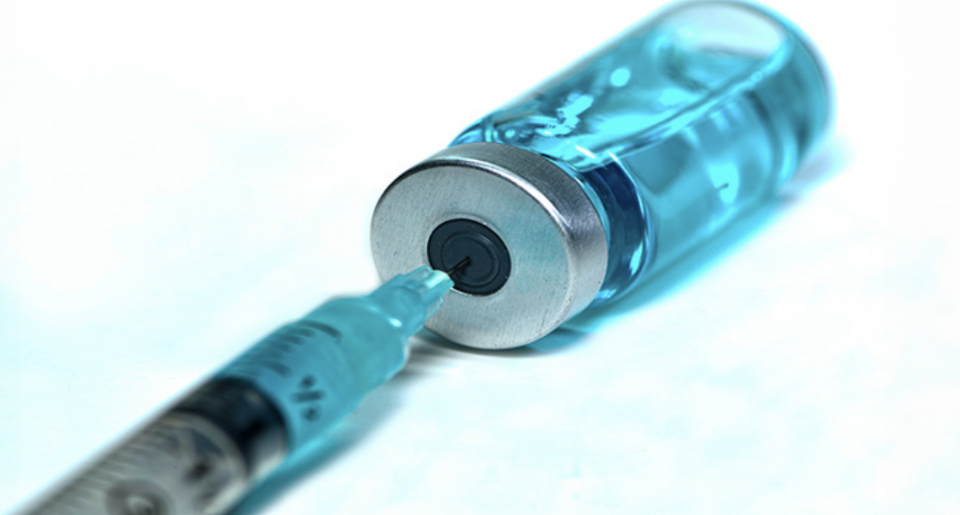The trend towards subcutaneous (sub-Q) injections for testosterone replacement therapy (TRT) is gaining momentum. In contrast to intramuscular (IM) injections, sub-Q injections are administered into the fatty layer just beneath the skin, commonly in areas like the buttocks or abdomen. Advocates of sub-Q injections argue that this method offers enhanced efficiency, with 80 mg of sub-Q testosterone deemed equivalent to 100 mg of IM testosterone. Moreover, sub-Q injections tend to maintain more stable testosterone levels, and they are associated with reduced pain, smaller needles, and absence of muscle scarring.
However, sub-Q injections have raised concerns about elevated estrogen (estradiol or E2) levels compared to the IM route. High estrogen levels in men are linked to a range of issues, including low libido, erectile dysfunction, mood swings, and low energy. A series of studies delved into estrogen levels following sub-Q testosterone administration, revealing that estrogen concentrations tend to be higher through the sub-Q route. In a 52-week study, participants self-administered various doses of testosterone enanthate via sub-Q injections. The study revealed that estrogen concentrations were significantly elevated, with an estrogen-to-total testosterone ratio surpassing typical ranges.
A six-week study further corroborated these findings, showing a skewed conversion of testosterone to estrogen with sub-Q administration. Adipose tissue is believed to play a pivotal role in this conversion due to its substantial aromatase activity. Unlike IM injections, sub-Q injections seem to provoke an estrogen-to-total testosterone ratio that is around twice as high. This discrepancy is attributed to the relatively greater aromatase activity of adipose tissue compared to muscle.
For those already undergoing TRT with monitored estrogen levels within the normal range, there may not be a need for alteration. However, if initiating sub-Q TRT, periodic monitoring of estrogen levels, particularly after six weeks, is recommended. If estrogen levels show substantial elevation beyond the norm, consulting a medical professional to discuss dose adjustments or alternative administration routes is advisable. Potential solutions might involve the use of aromatase inhibitors or consideration of free estrogen levels.

